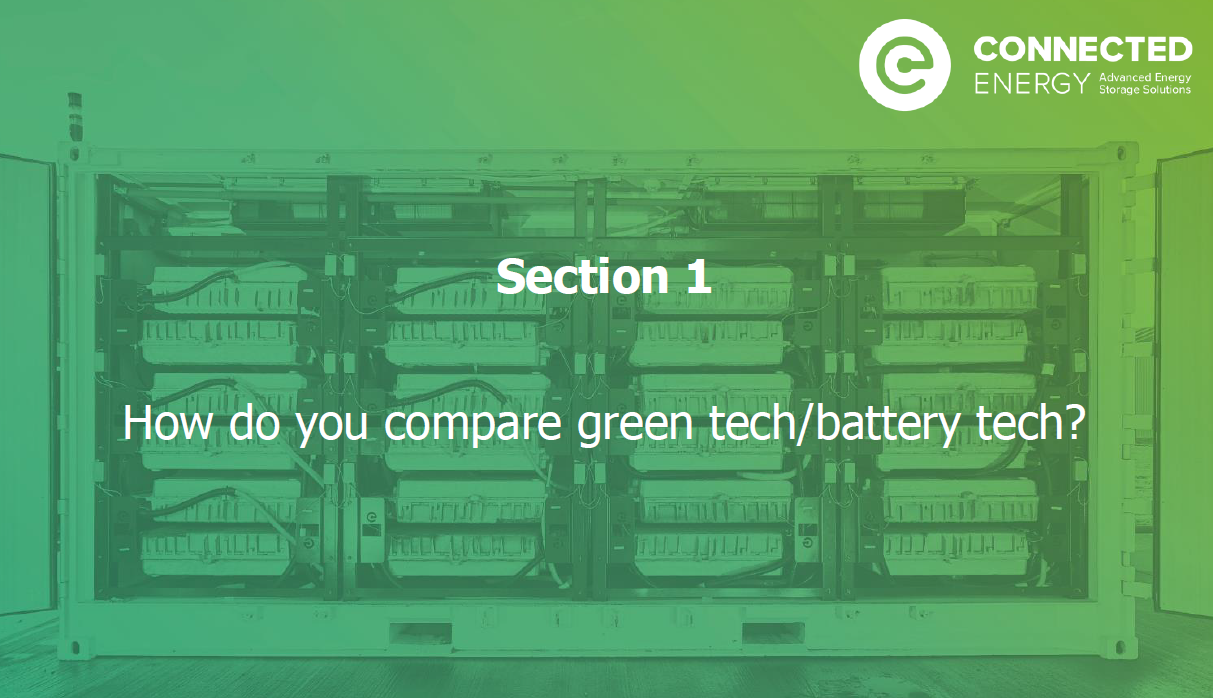This is the first of several blogs that will introduce you to the concept of evaluating the methods of calculating and comparing the carbon footprint of technologies.
The traditional method was to simply evaluate the carbon content of the energy being used. (e.g. if a site uses 100 kWh of electricity from the grid, the energy would have come from an average carbon mix of the grid – say 200 g/kWh – hence we can calculate the carbon used).
As this only addresses direct energy used, the calculations need to be widened to include the carbon released in the process of creating the technology (or even from recycling it at the end). This is an industry practise where you calculate scope 1,2 and 3.
To further build on these concepts, a battery may provide an indirect benefit to the grid. The CE-Lancaster modelling introduces a method of calculating this benefit, that whilst won’t be possible to claim a direct carbon saving, does allow different technologies to be compared against their impact on global carbon production.
Introdution
With an ever increasing focus on the carbon footprint we leave, it is clear that there should be an agreed metric for comparing different technologies.
Whilst current methods may be well suited for calculating the carbon footprint from use of equipment such as solar panels, batteries are not necessarily so straightforward. While bringing undoubted benefits, measuring their true carbon footprint is perhaps more complex.
Further, when using recycled equipment, there is the potential to double count emissions.
Connected Energy has developed a model that can be used to calculate the carbon footprint of Battery Storage Systems (BESS).
Here we explore the current methods of carbon analysis and how they influenced our modelling.
Please download the full document for further information.



